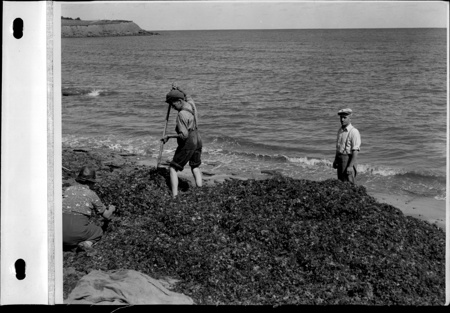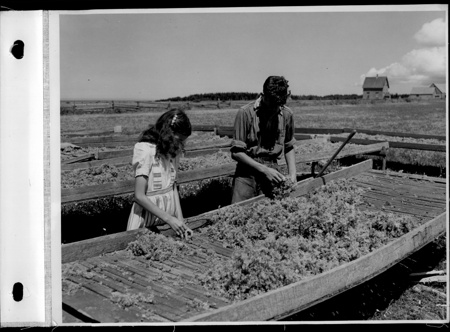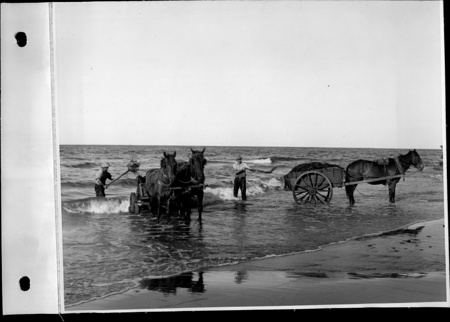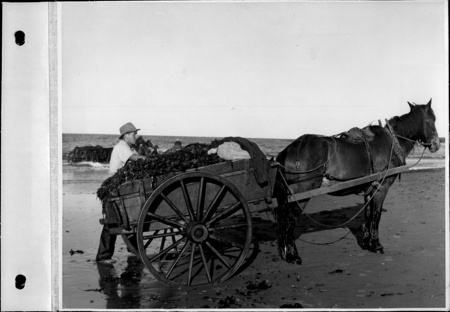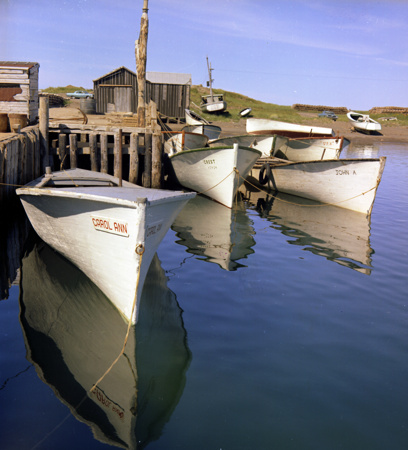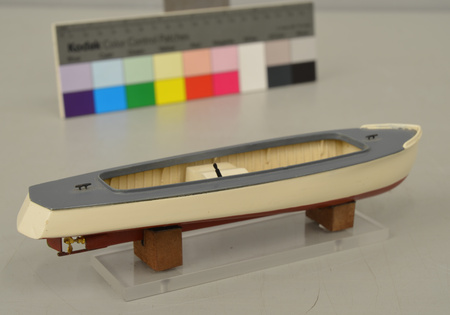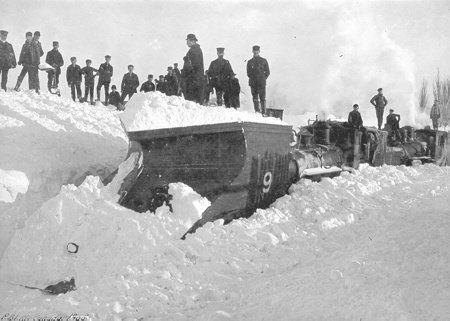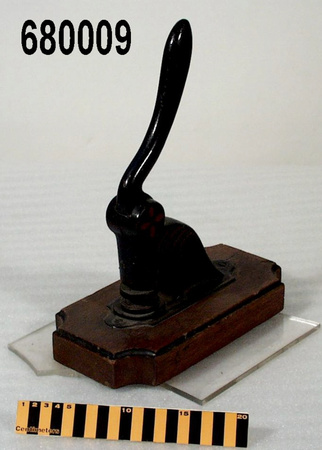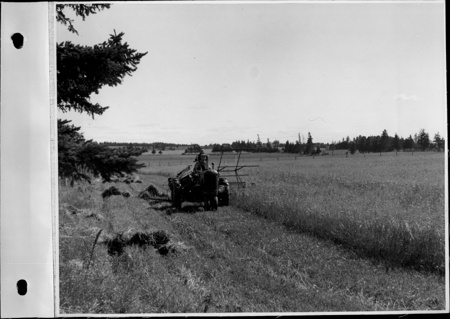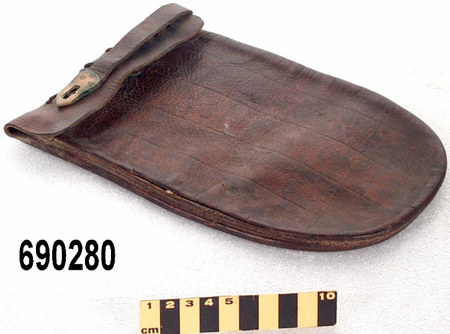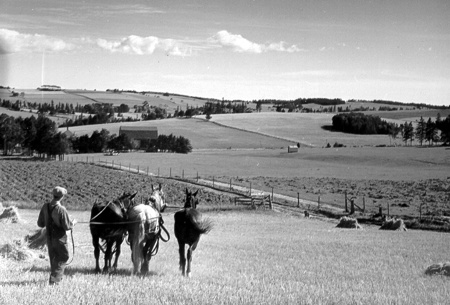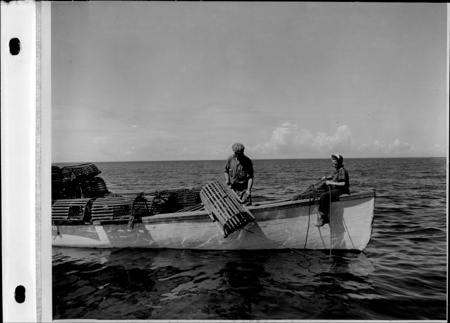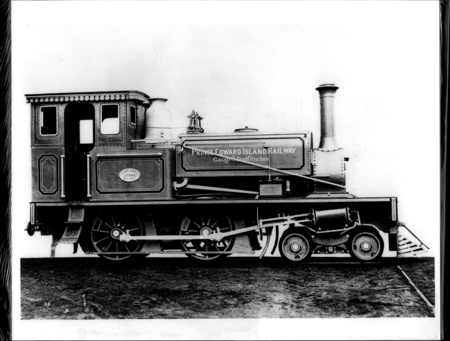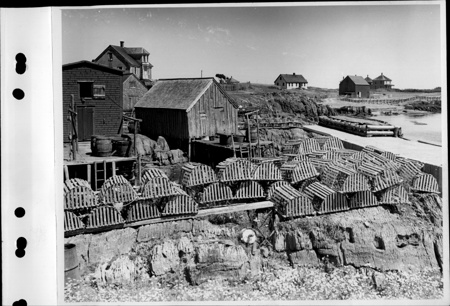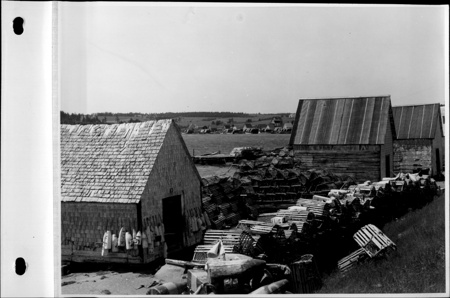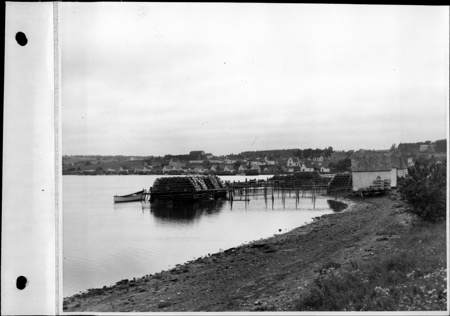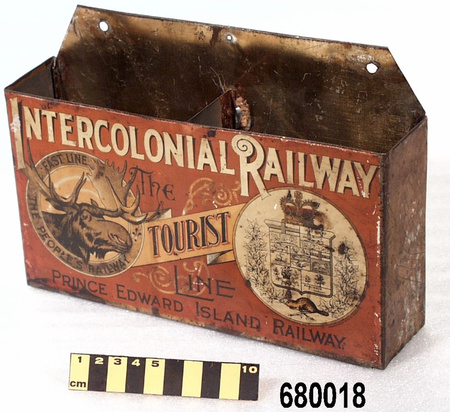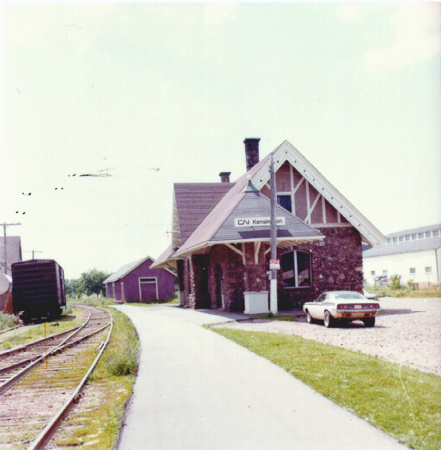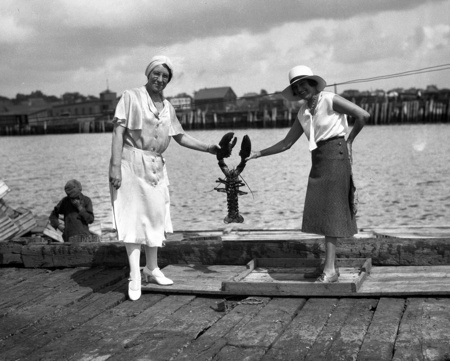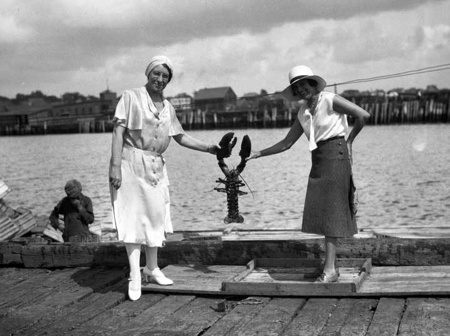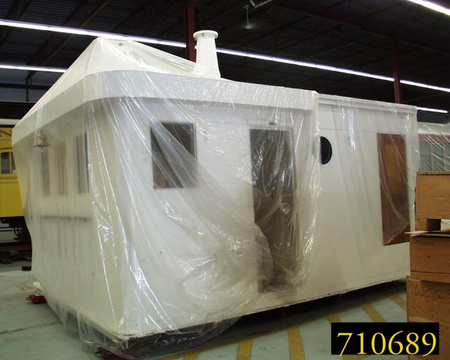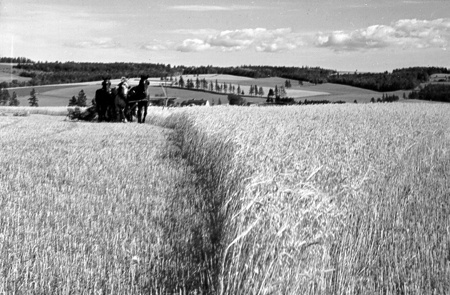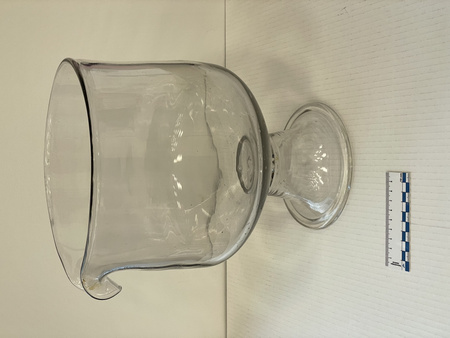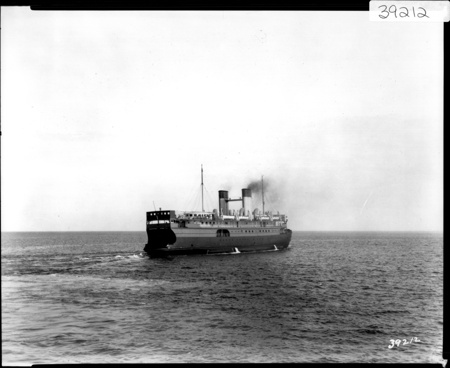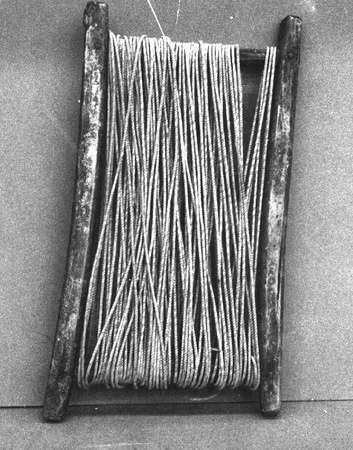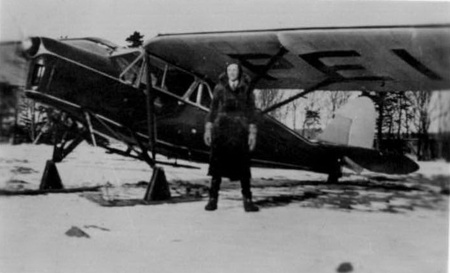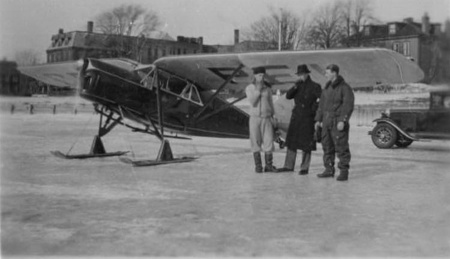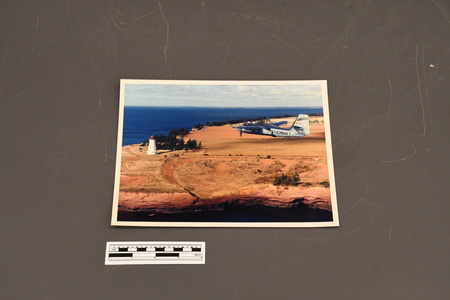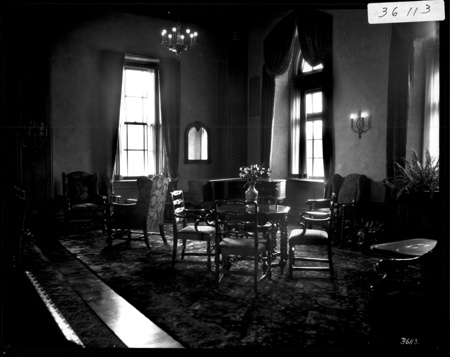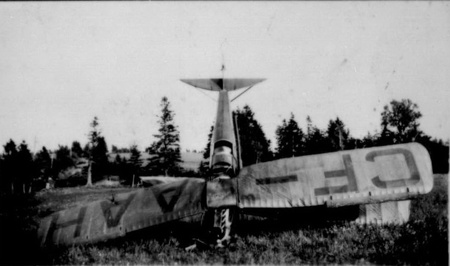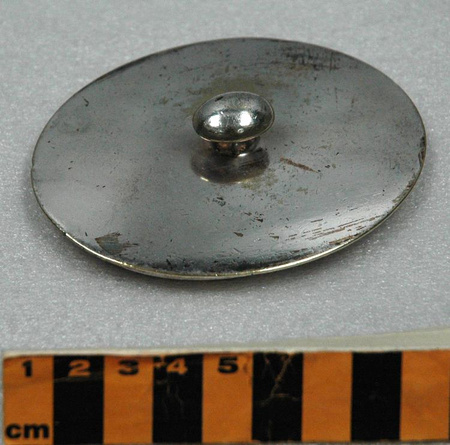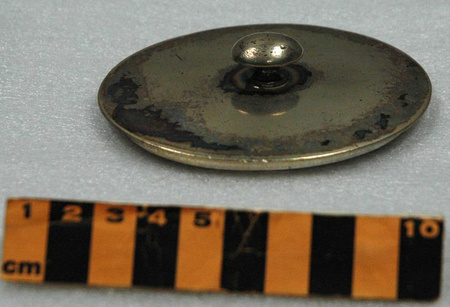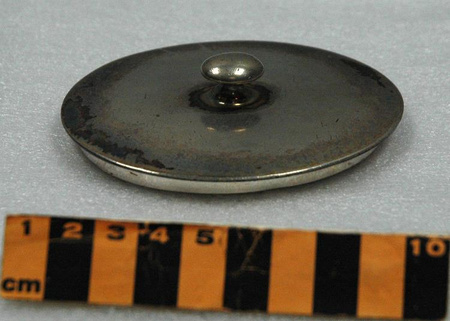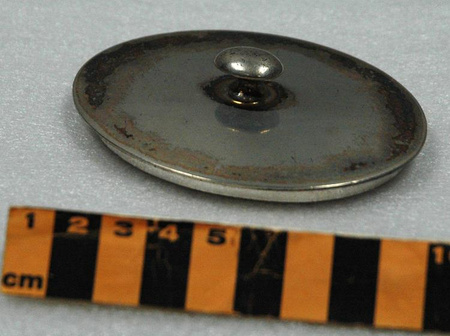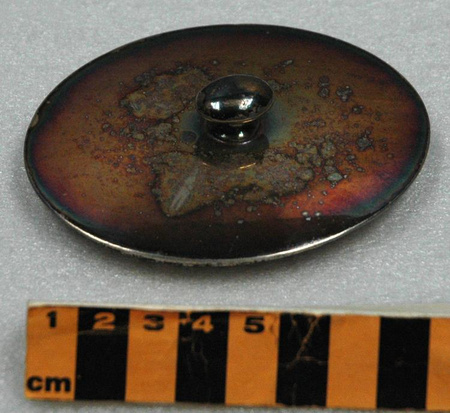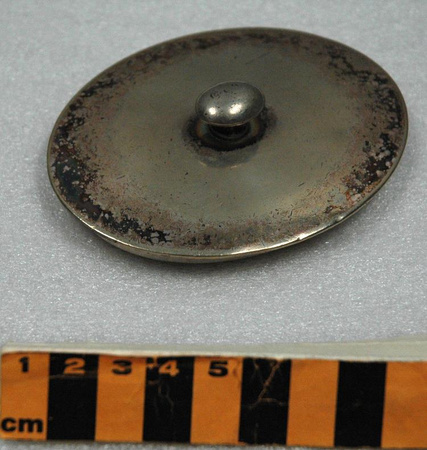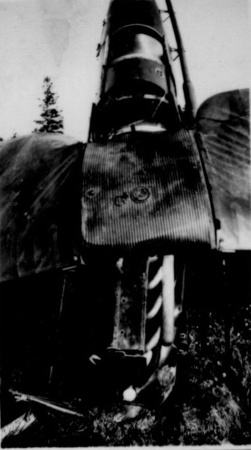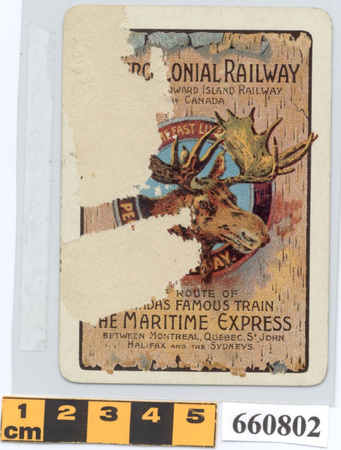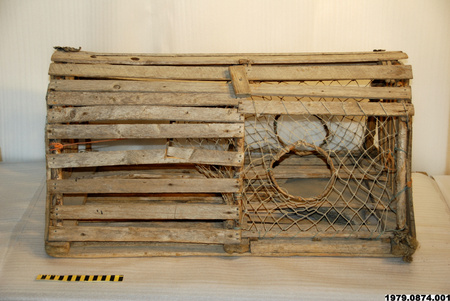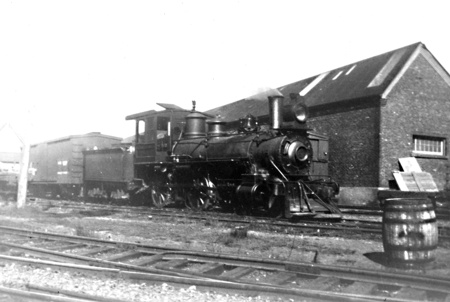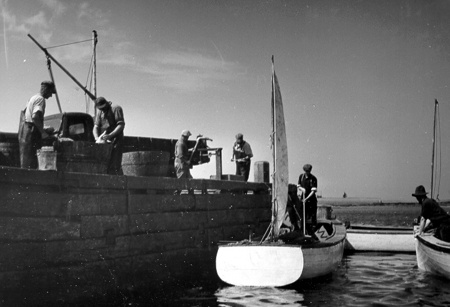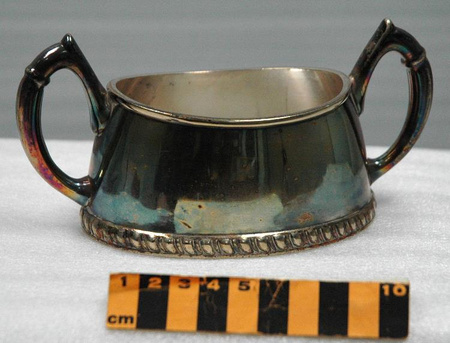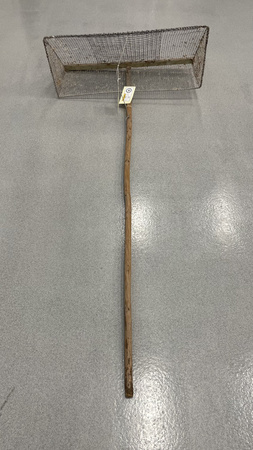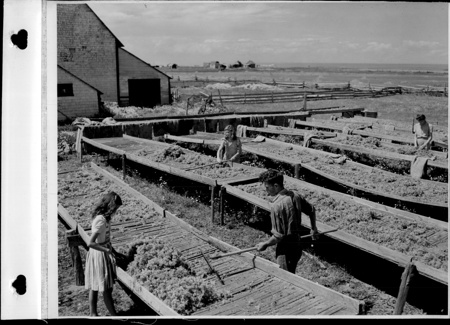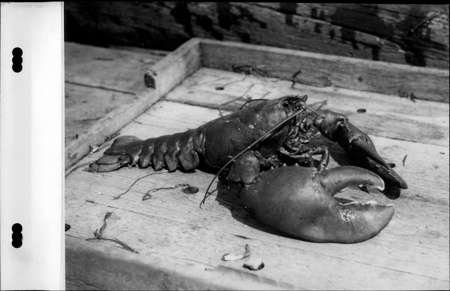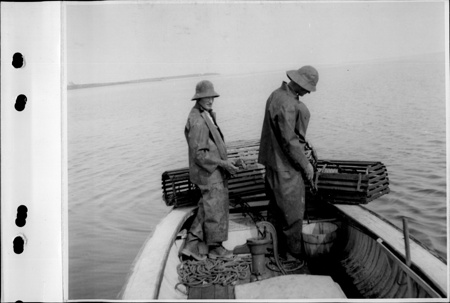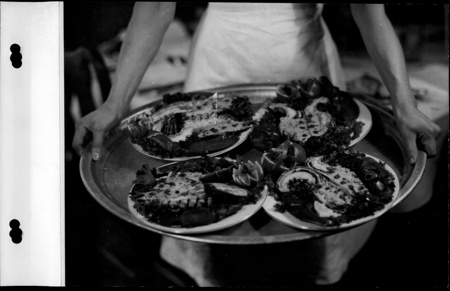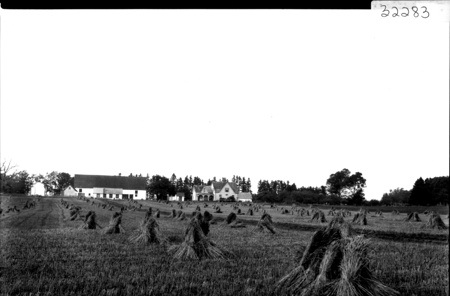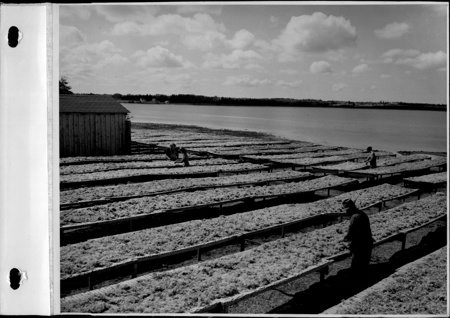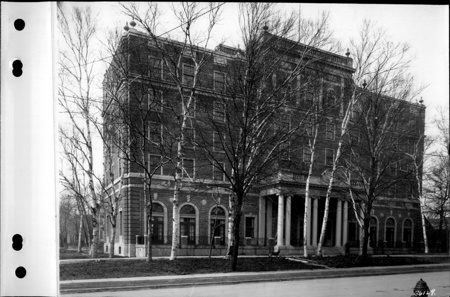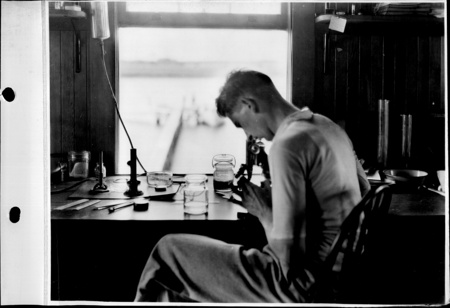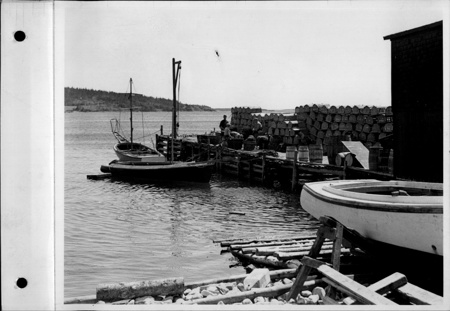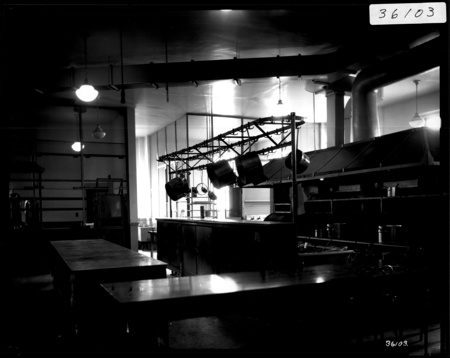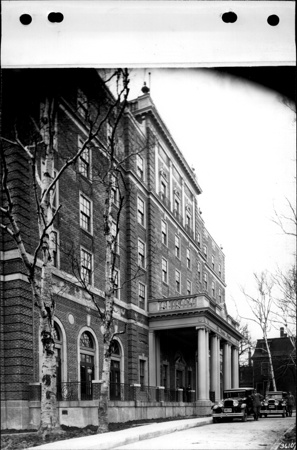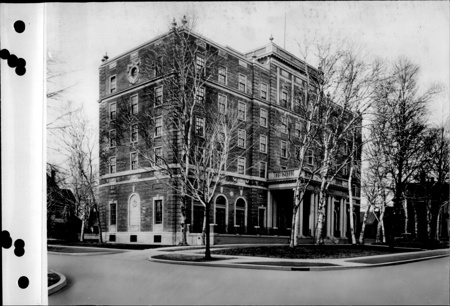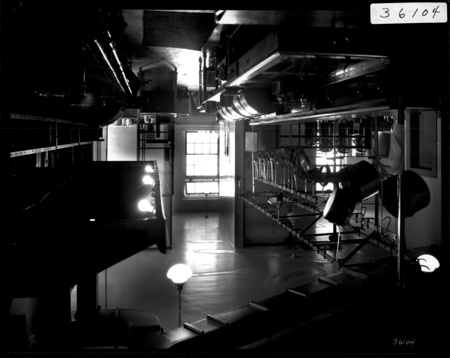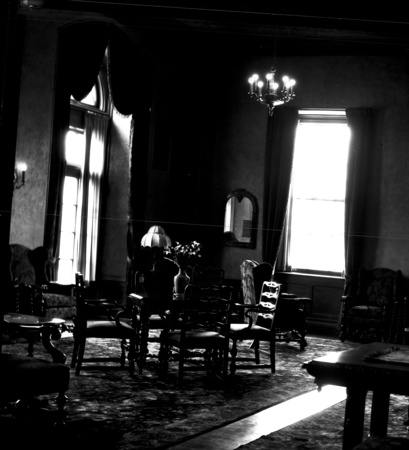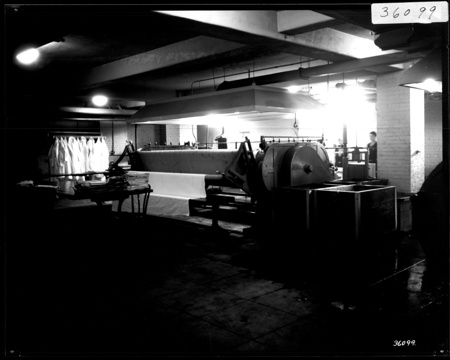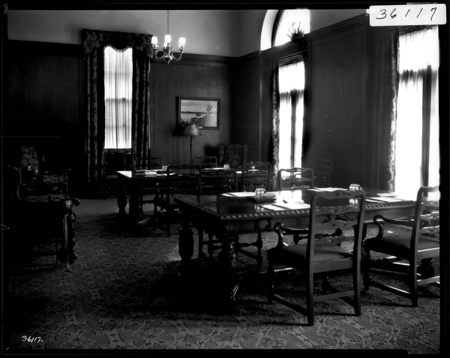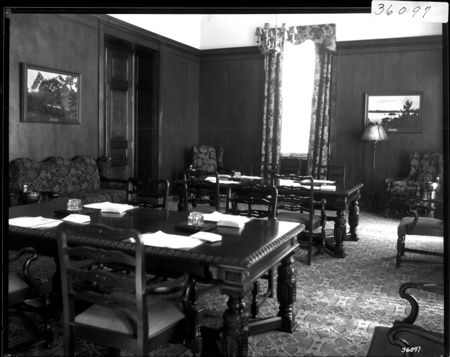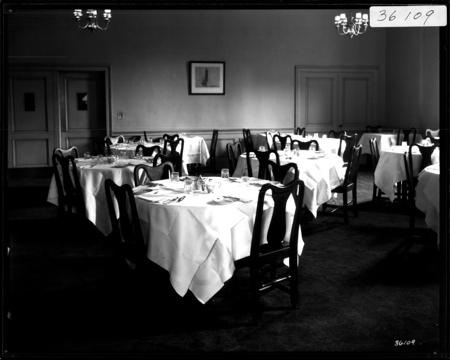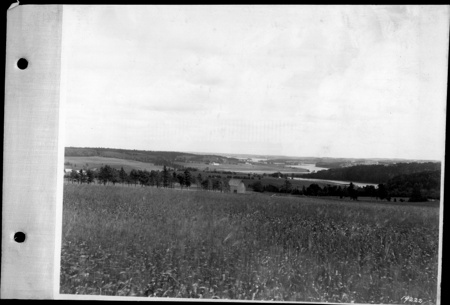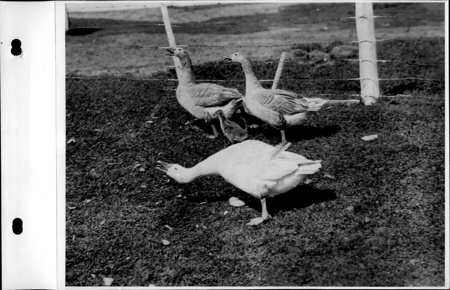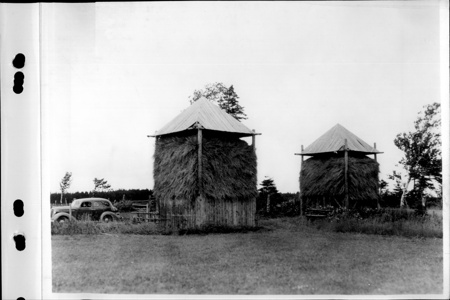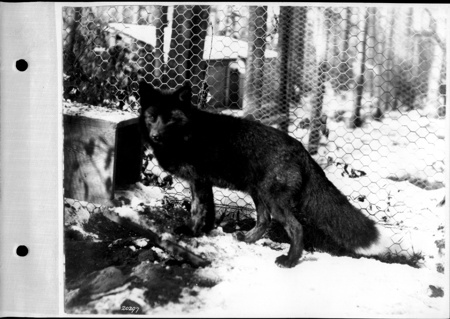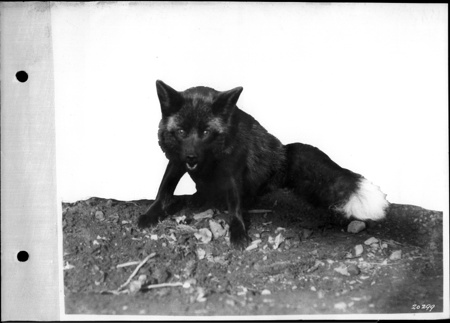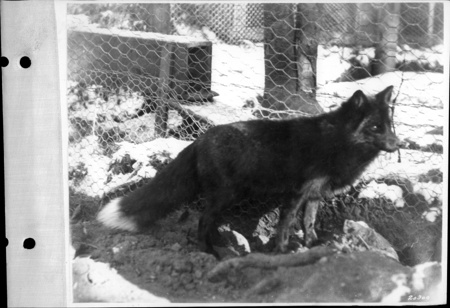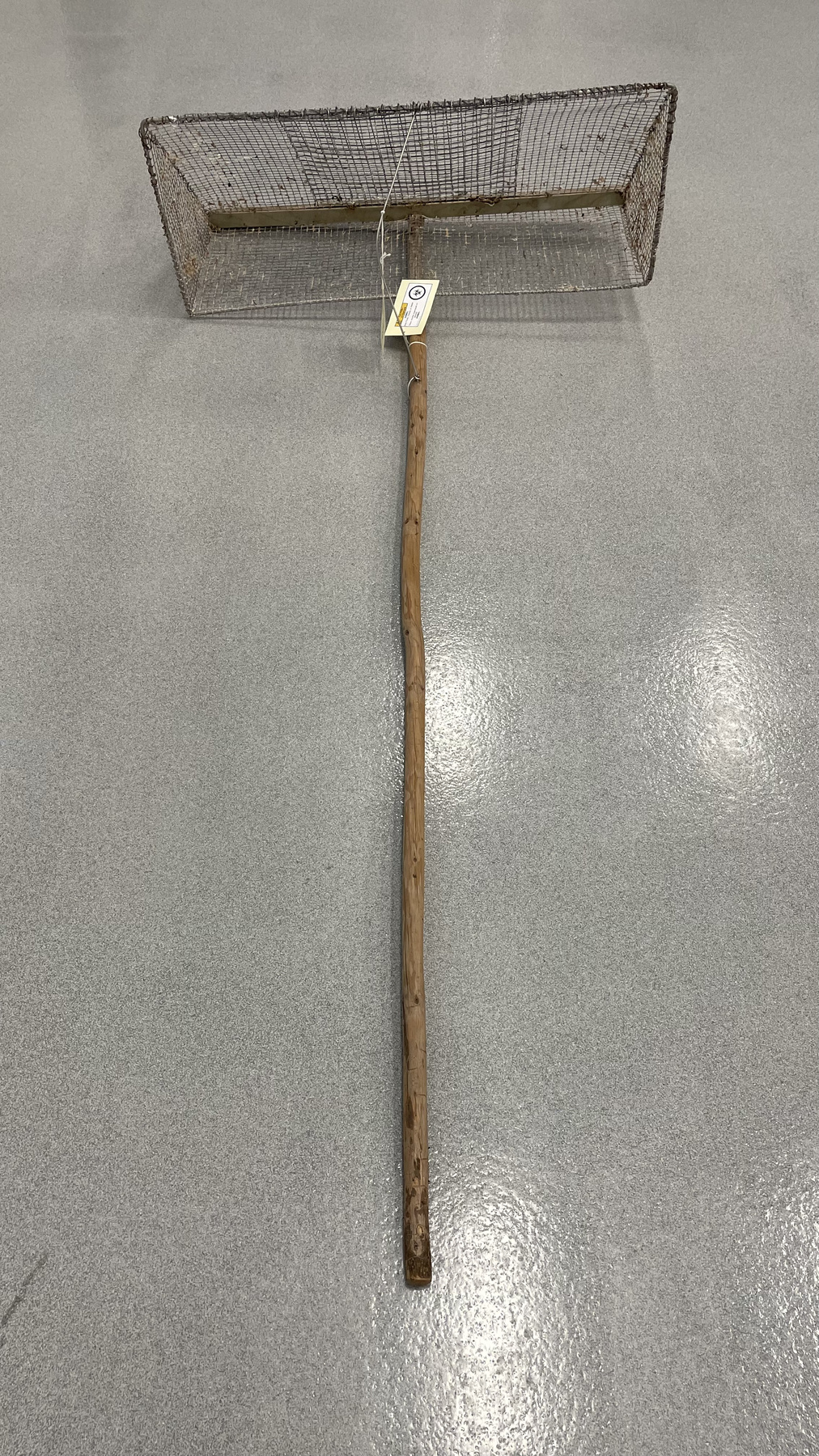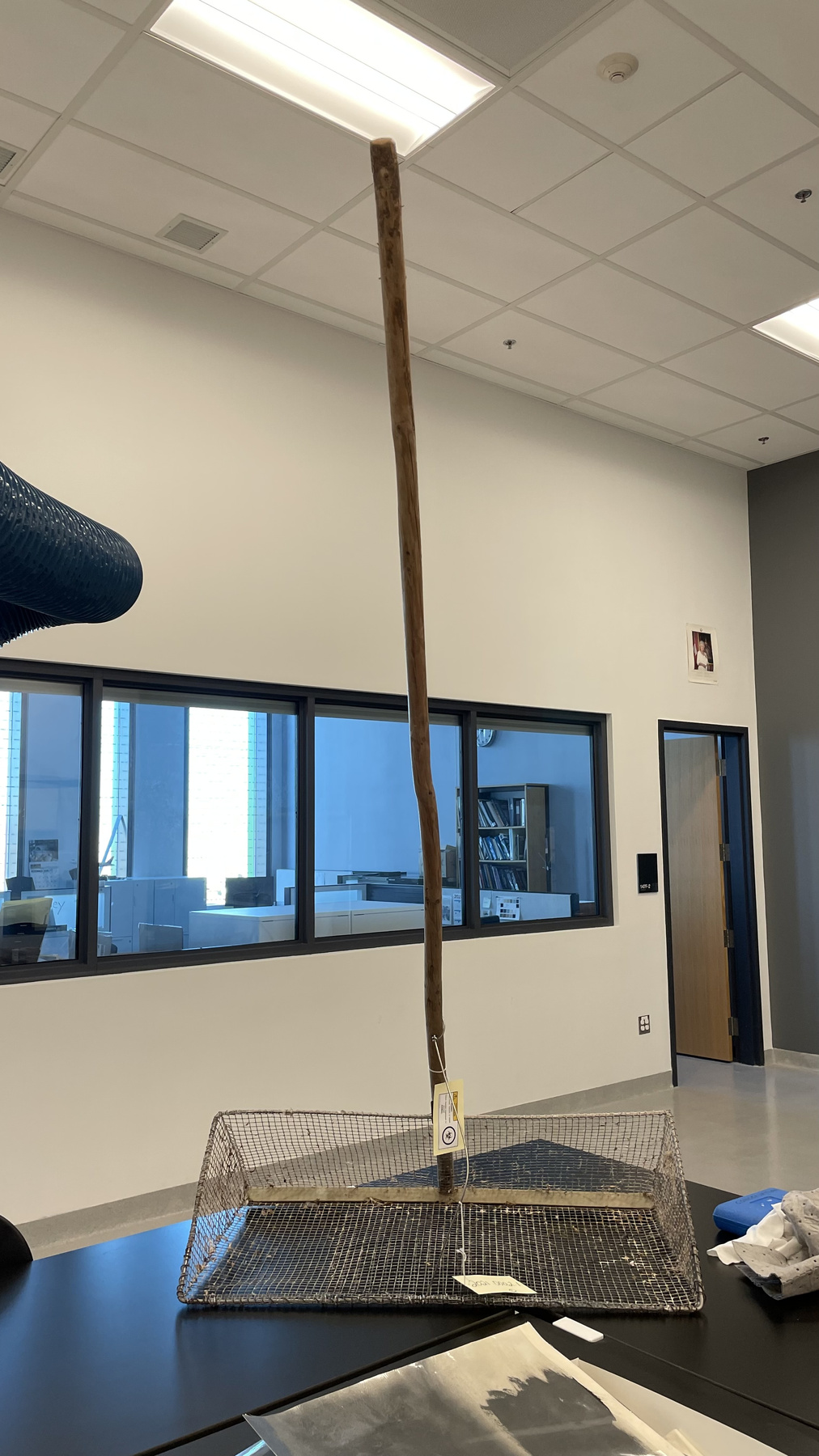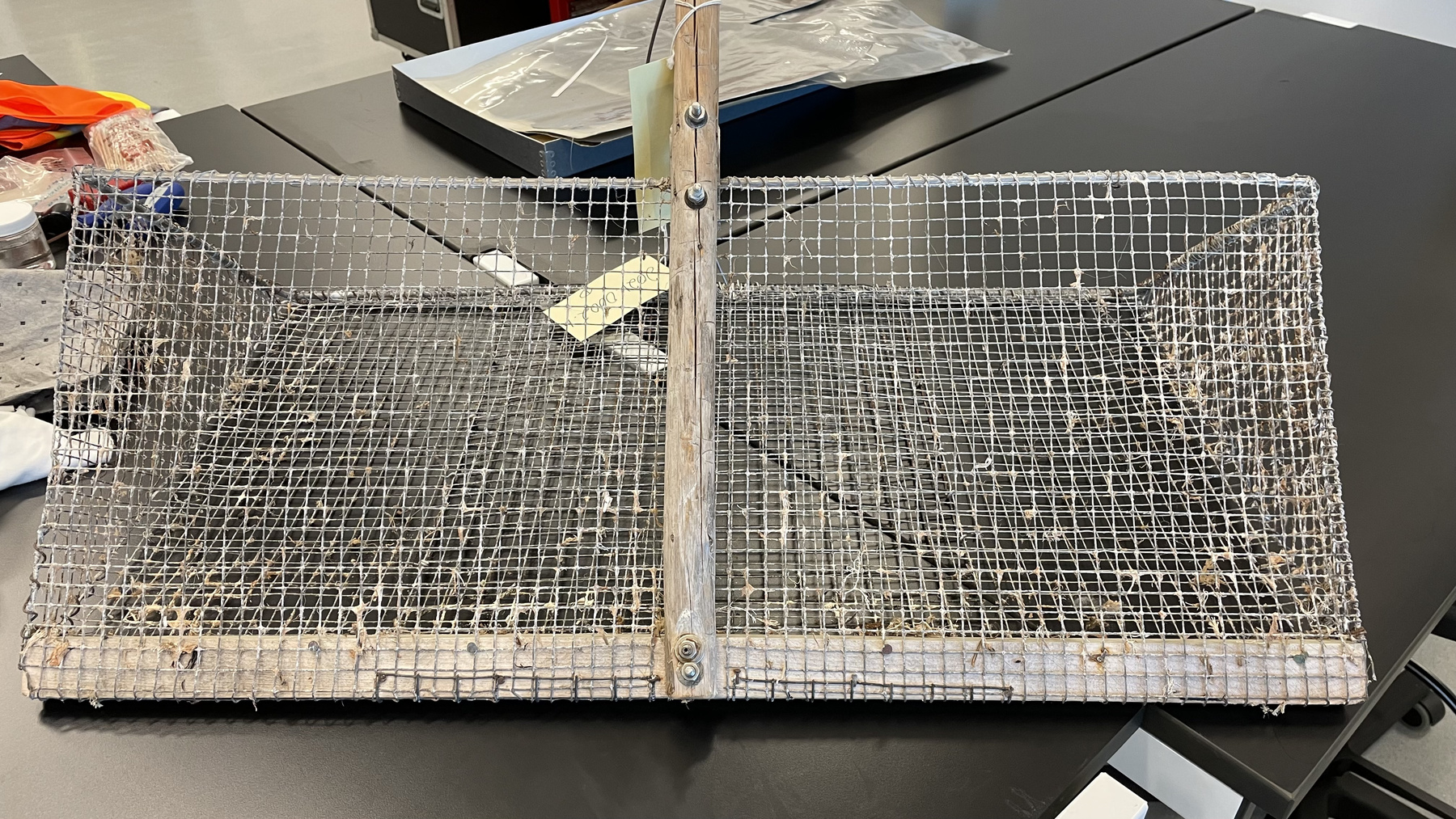Scoop, moss
Use this image
Can I reuse this image without permission? Yes
Object images on the Ingenium Collection’s portal have the following Creative Commons license:
Copyright Ingenium / CC BY-NC-ND (Attribution-NonCommercial 4.0 International (CC BY-NC 4.0)
ATTRIBUTE THIS IMAGE
Ingenium,
2021.0002.001
Permalink:
Ingenium is releasing this image under the Creative Commons licensing framework, and encourages downloading and reuse for non-commercial purposes. Please acknowledge Ingenium and cite the artifact number.
DOWNLOAD IMAGEPURCHASE THIS IMAGE
This image is free for non-commercial use.
For commercial use, please consult our Reproduction Fees and contact us to purchase the image.
- OBJECT TYPE
- handheld
- DATE
- 1974
- ARTIFACT NUMBER
- 2021.0002.001
- MANUFACTURER
- Gillis, Gilbert
- MODEL
- home built
- LOCATION
- Point Prim, Prince Edward Island, Canada
More Information
General Information
- Serial #
- N/A
- Part Number
- 1
- Total Parts
- 1
- AKA
- N/A
- Patents
- N/A
- General Description
- Metal, steel and spruce wood
Dimensions
Note: These reflect the general size for storage and are not necessarily representative of the object's true dimensions.
- Length
- 50.0 cm
- Width
- 87.0 cm
- Height
- 206.0 cm
- Thickness
- N/A
- Weight
- N/A
- Diameter
- N/A
- Volume
- N/A
Lexicon
- Group
- Fisheries
- Category
- Tools & equipment
- Sub-Category
- N/A
Manufacturer
- AKA
- Gillis
- Country
- Canada
- State/Province
- Prince Edward Island
- City
- Point Prim
Context
- Country
- Canada
- State/Province
- Prince Edward Island
- Period
- Used from 1974 to 2021.
- Canada
-
Irish Moss (Chondrus crispus) is a species of red algae native to the shores of the north Atlantic and is the source for carrageenan, a thickener used in food processing, and agar, used in biomedicine. Irish moss harvesting became a key fishery in Atlantic Canada after French and Japanese sources of carrageenan were interrupted by the Second World War. By the 1970s, Canadian “mossers” supplied 60-70% of the world’s harvest with PEI accounting for half of Canadian production. For Islanders, Irish moss was the second most important fishery after lobster and was, for many households including that of Gilbert and Goldie Gillis, an important seasonal contribution to annual income. PEI’s Irish moss industry declined in the 1990s as prices, quality, and yield fell. While there still exists some Irish moss harvesting in PEI, the fishery is no longer as important as it was for the 4-5 decades after the Second World War. - Function
-
This handmade scoop was used to collect pieces of "storm-tossed" Irish moss in the shallow waters off Point Prim, Prince Edward Island. - Technical
-
Harvesters collect Irish moss from shallow coastal waters using three types of equipment: boat-drawn drag-rakes; horse-drawn scoops; and hand-held scoops, such as this object. This type of scoop was typically used by mossers who did not pursue Irish moss harvesting on a full-time basis during the height of the fishery in the 1970s. Full-time mossers used boats and horses as these modes captured greater quantities of moss. Drag-rakes, drawn by boats, were banned in 1977 as they often captured small lobster as well. - Area Notes
-
Unknown
Details
- Markings
- none apparent
- Missing
- no
- Finish
- Spruce handle with metal scoop made of chicken wire on a steel rod frame.
- Decoration
- N/A
CITE THIS OBJECT
If you choose to share our information about this collection object, please cite:
Gillis, Gilbert, Scoop, moss, 1974, Artifact no. 2021.0002, Ingenium – Canada’s Museums of Science and Innovation, http://collection.ingenium.ca/en/id/2021.0002.001/
FEEDBACK
Submit a question or comment about this artifact.
More Like This
